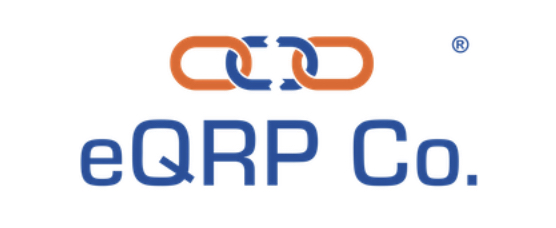Whereas in the the single-family space, owners get a general gauge on going rents for like properties, In the multifamily asset class, it is essential to ensure that current rents are in alignment with that of the market.
What is Loss to Lease?
When current rates are lower than market rates for units in areas with similar features, this concept is called loss to lease. Many people think of loss as something being given up, and fail to understand this term because they are not losing anything, but collecting rent. While it is true that rent is collected, there is loss in the sense of missed opportunity if rents are not to current market rates. Further, that loss translates to missed opportunities to create value in multi-family real estate.
Example
As an example, if the subject property has two-bedroom, one-bathrooms that currently rent for $900 monthly, and an investor and her team review the market to determine that nearby apartments with similar amenities, square footage and features are renting their units for $1,050, there is loss to lease of $150 monthly.
This $150 loss to lease may not sound like much, but if the property is a 50-unit, the total potential loss is $7,500 per month, or 90,000 per year. That $90,000 impact to net operating income (NOI) translates to $1.3 million in untapped value (assuming a cap rate of 6.5%)! Now, we can understand how there is truly a loss when rents are below market.
The good news is that when properties with below-market rents are found, there are significant upside possibilities. Using the same example, to find a 50-unit property that is currently charging $900 a month for its two bedrooms – $150 below market – and eventually raise the rents closer to the market rate of $1,050, can create over one million dollars of equity for all partners involved.
Preventing Loss to Lease
To prevent loss to lease and mitigate its impacts, continuous assessment of market rates is critical. This begins during the due diligence period in the acquisition phase and continues throughout the operational period of the property. Continuous market assessment is key to maintaining competitive rents while maintaining high occupancy. Our free, downloadable Passive Investor Startup Guide, can help you build a strong foundation and mitigate against potential setbacks.
Loss to lease, along with vacancy, bad debt and concessions are what keep the asset underperforming against its potential gross income. Raising rents to market levels, increasing occupancy, minimizing uncollectible rent and offering fewer concessions in the form of free or discounted rent are all ways to get the asset to perform better and create wealth for a team of investors.
Subscribe to Our Channel 👇🏾

💡Invest Your Retirement w/ eQRP
– I Rolled My 401k Into eQRP to Passively Invest In Apartments
Other Resources

Rodney Robinson II
[email protected]
